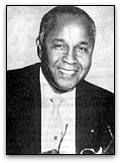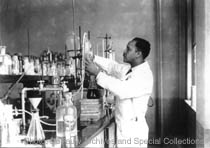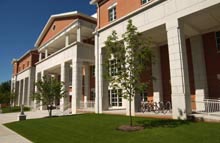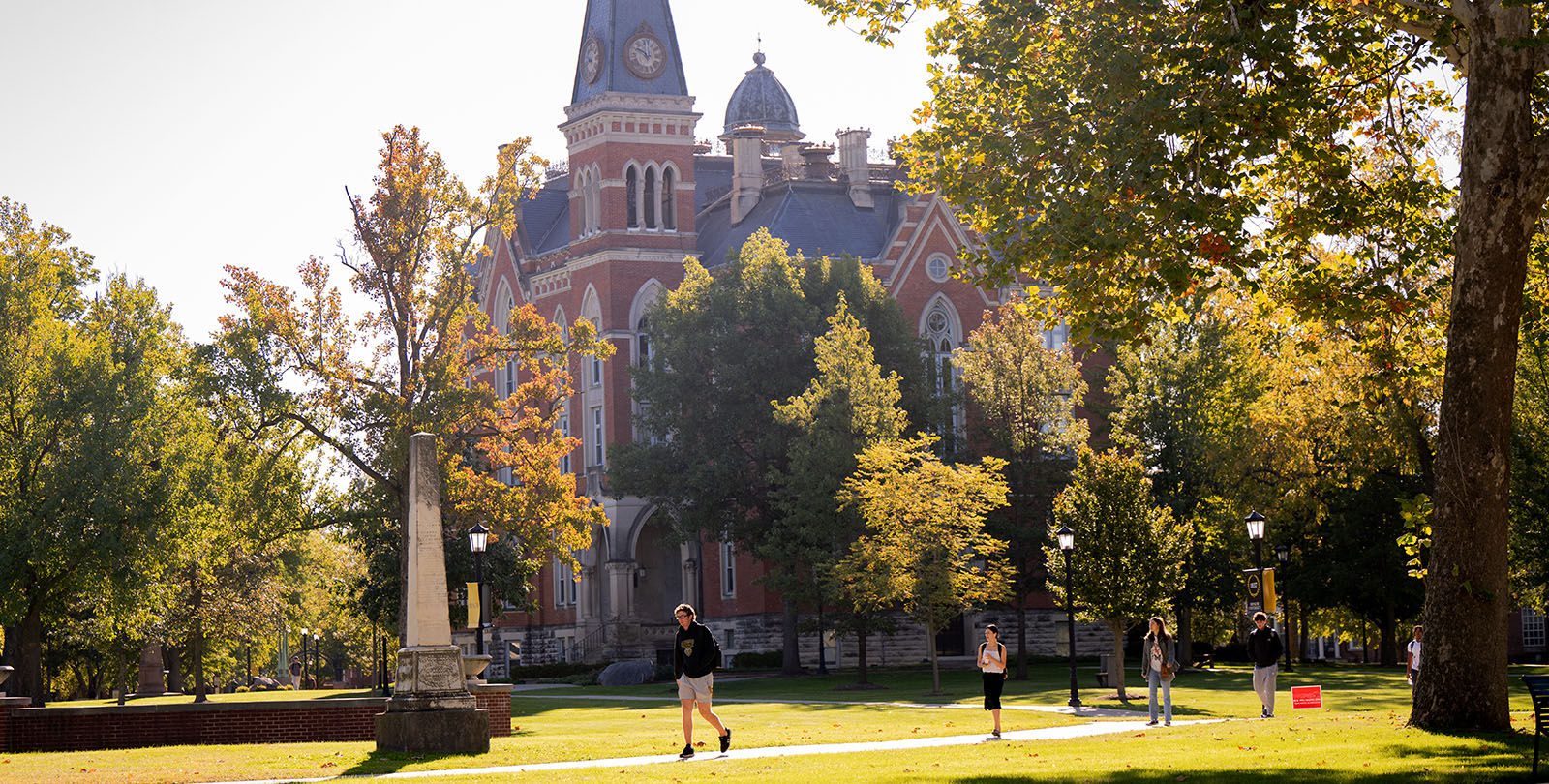Magazine Profiles Groundbreaking Work of "Agile Chemist" Percy Lavon Julian '20
March 25, 2005
 March 25, 2005, Greencastle, Ind. - "Percy Lavon Julian of Montgomery, Alabama, was the grandson of a former slave, and son of a former postal employee. He worked his way through DePauw University waiting on tables, to graduate as class valedictorian with a Phi Beta Kappa key," notes the Winter 2005 edition of The Pharos, the magazine of Alpha Omega Alpha Honor Medical Society. The article details the legendary chemist's groundbreaking research, calling him an "agile chemist [who] made it possible to make cortisone from beans instead of bile so we could give it to our patients for a pittance."
March 25, 2005, Greencastle, Ind. - "Percy Lavon Julian of Montgomery, Alabama, was the grandson of a former slave, and son of a former postal employee. He worked his way through DePauw University waiting on tables, to graduate as class valedictorian with a Phi Beta Kappa key," notes the Winter 2005 edition of The Pharos, the magazine of Alpha Omega Alpha Honor Medical Society. The article details the legendary chemist's groundbreaking research, calling him an "agile chemist [who] made it possible to make cortisone from beans instead of bile so we could give it to our patients for a pittance."
The story, entitled "Cortisone and the burning cross," also notes how Dr. Julian made history at a time when race relations in America were very troubled. In 1950, two years after cortisone was first given to a patient with arthritis, the Oak Park, Illinois, home of Dr. Julian was torched on Thanksgiving Eve. The newspapers carried the headline, "Arson Fails at Home of a Negro Scientist," writes Gerald Weissmann, M.D. "It was one of a string of cross-burnings and arson attempts in the white suburbs of Chicago. [At the time] Julian was  working feverishly on the practical synthesis of cortisone via Reichstein's compound S, work that resulted in U.S. patent 2,752,339, 'Preparation of Cortisone.'"
working feverishly on the practical synthesis of cortisone via Reichstein's compound S, work that resulted in U.S. patent 2,752,339, 'Preparation of Cortisone.'"
After graduating from DePauw in 1920, the story notes, "Between teaching stints at several black colleges [Julian] received a fellowship to Harvard, where he earned an M.A. in chemistry. Since Harvard in the 1920s had no place for a black scientist, Julian applied, unsuccessfully, for a Rockefeller Foundation fellowship at the University of Vienna to work with the eminent chemist, Ernst Spath." Julian earned his Ph.D. in 1931, writes Dr. Weissmann, and "returned to DePauw, taught chemistry, and within four years came up with the total synthesis of physostigmine from the calamar bean (Physostigma venenosum). Physostigmine was for many years the only weapon doctors had to fight glaucoma."
Julian later served as director of research for the Glidden Company of Chicago, and later founded the Julian Research Institute. His research led to discoveries in the manufacture of drugs, hormones, vitamins, amino acids, paint and paper, yielding over 100 patents, including a synthetic cortisone called Compound S, and the means of producing two synthetic hormones, testosterone and progesterone.  During his lifetime, Julian received fifteen honorary degrees and numerous awards and citations, authored and co-authored more than 160 publications, and was a trustee of five universities, including DePauw. Percy Lavon Julian died in Waukegan, Illinois in 1975.
During his lifetime, Julian received fifteen honorary degrees and numerous awards and citations, authored and co-authored more than 160 publications, and was a trustee of five universities, including DePauw. Percy Lavon Julian died in Waukegan, Illinois in 1975.
DePauw's Science and Mathematics Center bears Percy Lavon Julian's name. The PBS program NOVA has been on the DePauw University campus several times in the last few years, collecting footage for a two-hour documentary on Dr. Julian that is scheduled to air in the Spring of 2006 (read more here).
